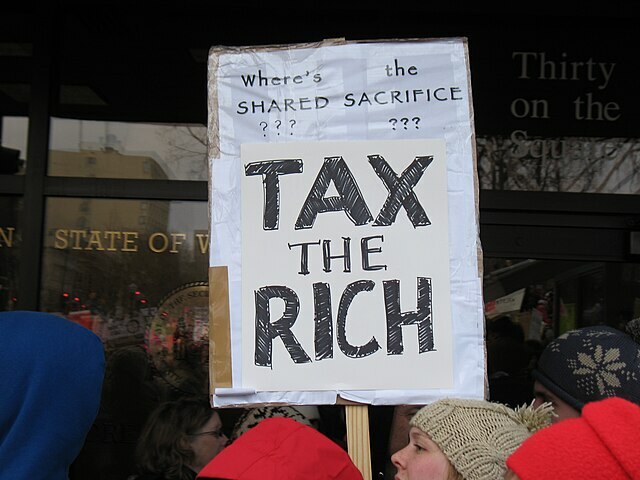Americans spent 2.6 percent more on goods and services after adjusting for inflation in the three months through June than in the same period a year ago, but we borrowed more to buy those goods and services. Debt provides leverage to spend more than otherwise possible today, but it leaves the borrower more vulnerable. Saving, on the other hand, is the key to increasing capital and productivity growth, and so to sustainable improvements in the standard of living.
You may have heard it said, “If you want more of something, subsidize it. If you want less of something, tax it.” The North Carolina and national tax codes subsidize borrowing by making certain interest payments tax-deductible from taxation and taxes saving by subjecting some forms of income to two or three rounds of taxation.
First, governments tax most income from dividends, interest, and capital gains either at the standard rate or at a special capital gains rate. Because the money invested was already taxed when originally earned from labor, this is double taxation. Dividend income is taxed a third time because the corporation pays a corporate income tax on its earnings before it pays a dividend, on which the owner then pays personal income tax.
Second, interest on mortgages and student loans is tax-deductible, which subsidizes borrowing. These are not the only factors driving up the cost of housing and higher education, but the tax incentives can leave people more sanguine about the high and rising levels of mortgage and student loan debt.
In addition to the issues in personal income taxes, all interest expenses for corporate borrowing are considered normal business expenses and are untaxed. One of the key concepts in corporate finance is the Modigliani-Miller theorem, which states that the value of a firm should not change based on how much it uses debt to finance its operations. The difference in taxation of interest payments and dividends is one of the things that makes companies that take on debt more valuable than those that do not.
Outside of taxes, low interest rates also make debt more appealing than saving. Cars, computers, appliances, furniture, and many other goods are available with no-interest loans for people with good credit. Even for those who keep a balance on their credit cards, the interest rate is less than the tax they would pay on whatever returns they would earn, if any, from saving.
All of this leaves aside questions about how the shift from an economy of goods to an economy of services is affecting sales tax revenues and burden. Over the past fifty years, services have grown from 48 percent of personal consumption expenditures to 68 percent. The sales tax applies to a smaller share of the state’s economic activity each year. People with higher incomes are able to devote more of their money to services. That means the sales tax base has been shrinking and its burden has fallen proportionately more on those with lower incomes.
A simple (but not easy) shift in state taxes would make a small difference in the relative incentives to borrow and save, and so improve prospects for long-term economic growth, while also making the tax code more equitable across income levels and purchasing decisions. As an added bonus, it would make tax filing simpler and treat all business purchases equally.
Dr. Roy Cordato, senior economist and resident scholar at the John Locke Foundation, has often explained the benefits of a consumed-income tax over the current system and over an expanded sales tax. Ideally, it would eliminate the corporate income tax, sales tax, and estate tax, rolling them all together in a form based on the personal income tax. Taxpayers would use the adjusted gross income (AGI) from their federal tax return, then subtract their net savings in banks, tax-exempt accounts, and other investment accounts. (One question would be whether to treat direct payments for educational expenses as an investment in human capital and so a form of saving.) The result would be the amount of money they spent on consumption, which would be multiplied by a rate in the range of eight percent to nine percent. For interstate comparisons, this should be considered a sales tax instead of an income tax because if the focus is on what is taxed.
North Carolina’s adoption of a consumed-income tax would not eliminate the perverse incentives that encourage debt and fragility over saving and strength, but it would have a positive impact in the state and could serve as a model for federal tax reform.


